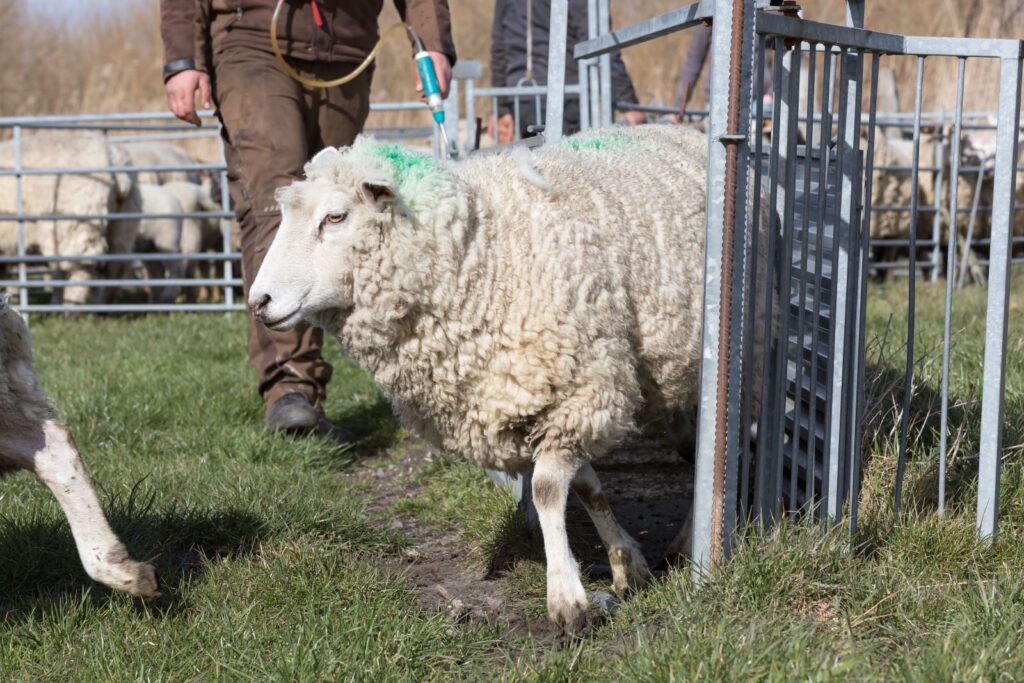Timing is key to making the most of Defra Pathway funding
19th April 2023
Sheep farmers are being encouraged to make the most of funding from the Defra Animal Health & Welfare Pathway by choosing an appropriate time to carry out the Worming Treatment Check, such as when there are lambs at pasture that require treatment, said SCOPS independent sheep consultant Lesley Stubbings.

The Animal Health & Welfare Pathway offers eligible livestock farmers in England a one-off £436 grant for a vet-led health and welfare review and a Worming Treatment Check.
While the vet review is intended to discuss issues most relevant to an individual flock, the Worming Treatment Check is designed specifically to determine the effectiveness of an anthelmintic treatment on a farm.
Mr Stubbings said although the funding does not cover testing directly for anthelmintic resistance, it provides a starting point in understanding which wormer groups are working effectively on the farm.
“By putting a little thought and preparatory work into when you carry out this test, you can make it a really useful start to understanding how to make the most of any worming treatments,” he advised.
The Worming Treatment Check includes two faecal egg count tests (FECs), one taken at the time of treatment and another at a set interval after treatment (seven or 14 days) to determine how effective the product has been at reducing worm burden in the sheep.
“Eligible farmers have six months from the point of registration to complete the Worming Treatment Check,” Mr Stubbings continued, “but the important thing to remember is that you should only carry it out on lambs that you know need to be treated because their worm burden is high enough.”
Therefore, he recommends carrying out a FEC before starting the process to ensure the timing is optimal. “You cannot check the effectiveness of a treatment at killing adult worms if there are not enough worms present in the first place,” he remarked.
Mr Stubbings recommends timing the Worming Treatment Check for June/July when there are lambs on the field with a FEC high enough to require treatment. “A minimum FEC of 250 eggs per gram is needed for the test to be worthwhile, so discuss with your vet or adviser doing some monitoring ahead of using the check,” he added.
Participating farmers will receive a sampling kit with instructions on how to take good samples, as well as packaging with pre-paid postage back to an accredited laboratory that must be listed on the Defra website. A report detailing the results will then be sent out to farmers and their vet.
“On the basis of the results, you can discuss product choices with your vet and/or adviser, look at how you can use ongoing FEC monitoring to improve worm control in your flock, and test other groups of wormers over time,” Mr Stubbings said.
Kevin Harrison, sheep farmer and SCOPS Steering Group chair, added: “I know from experience that it’s not as simple as thinking one test will give you a definite answer on anthelmintic resistance.
“It takes a series of these tests over different years and seasons to build a complete picture of the efficacy of wormers on a farm – so use this opportunity as a starting point and build on it.
“It is never too late to start when it comes to slowing the development of resistance, and using a fully effective treatment when lambs do need worming will pay dividends in terms of lamb performance,” he concluded.

